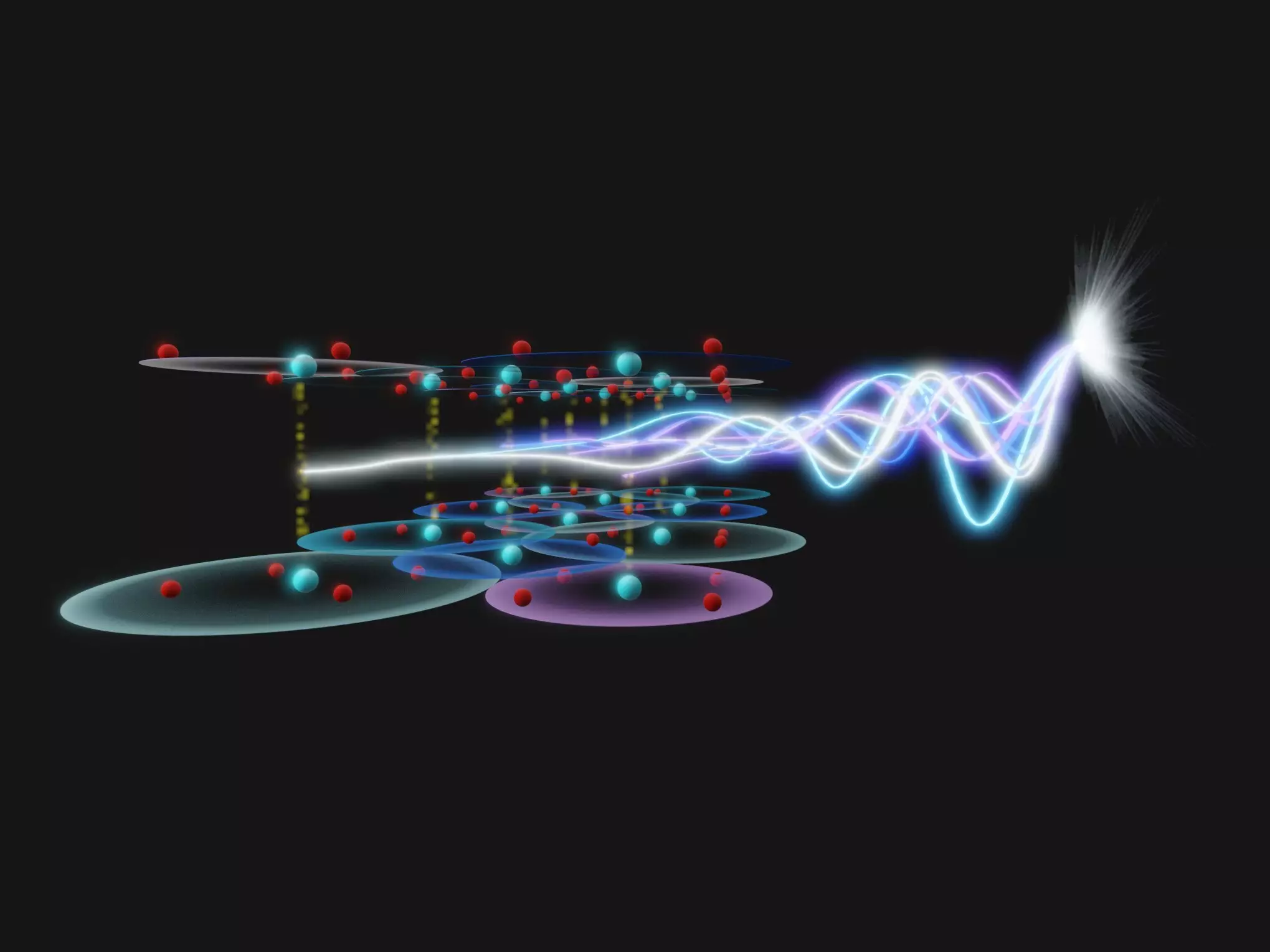The recent advancements in understanding disorder within superconductors mark a significant milestone in condensed matter physics. Researchers from the Max Planck Institute for the Structure and Dynamics of Matter (MPSD) in Hamburg, Germany, in collaboration with Brookhaven National Laboratory, have embarked on a groundbreaking study that employs terahertz pulses of light to delve into the intricacies of superconducting materials. This innovative approach not only broadens the horizons of superconductivity research but also paves the way for future explorations in the realm of quantum materials.
Disorder plays a crucial role in dictating the physical properties of superconductors, yet studying it has traditionally proven challenging. The unique properties of high-temperature superconductors, such as those found in cuprates, are heavily influenced by variations in their chemical composition. Traditional experimental techniques, such as scanning tunneling microscopy, have limitations that restrict their efficiency to operational conditions well below the superconducting transition temperature. As a result, fundamental questions regarding disorder in these materials remain largely unanswered.
Understanding disorder and its impact on superconductivity is paramount, given that superconductivity allows electrical currents to flow without resistance, fostering transformative technological advancements. However, the inability to monitor disorder at or near the superconducting transition temperature constrains our understanding of how chemical variations impact superconducting properties.
Innovative Approaches: Terahertz Spectroscopy
In response to these challenges, the MPSD team applied sophisticated methodologies from multi-dimensional spectroscopy, originally developed for nuclear magnetic resonance, and adapted them to the terahertz frequency range. This novel tactic enables researchers to explore the collective modes of solids that resonate within the terahertz spectrum, allowing new insights into the disorder affecting superconductors.
By utilizing two-dimensional terahertz spectroscopy (2DTS) in a non-collinear geometry for the first time, the researchers could isolate specific terahertz nonlinearities based on their emission direction. This advancement is particularly critical for opaque materials like the cuprate superconductor La1.83Sr0.17CuO4, where traditional methods would falter due to low light transmission.
Among the remarkable findings from the study is the phenomenon termed “Josephson echoes,” which describes how superconducting transport in the cuprate is rejuvenated when subjected to terahertz pulse excitation. This phenomenon not only demonstrates the potential for terahertz spectroscopy to uncover new dynamics in superconducting states but also suggests that the disorder experienced during superconducting transport was significantly lower than previously recorded disarray found in the superconducting gap through spatially resolved measurements.
Such discoveries highlight the complex interplay between disorder and superconducting properties, providing a more nuanced understanding of these materials as the researchers noted the disorder remained stable up to 70% of the critical transition temperature, an unprecedented observation.
Beyond its implications for cuprate superconductors, the versatility of the angle-resolved 2DTS technique foreshadows exciting prospects in the study of various superconductors and other quantum materials. As technology continues to advance, the ultrafast nature of this technique could facilitate the observation of transient states of matter, which are often too ephemeral for conventional disorder probes.
The implications of this study extend beyond mere academic interest; they hold potential for transformative advancements in technology, potentially impacting fields ranging from quantum computing to energy-efficient electronics.
The research led by the MPSD team heralds a new era in the exploration of superconductors, enhancing our understanding of disorder and its consequences. This pioneering approach not only enriches our fundamental knowledge but also sets the stage for future breakthroughs that could revolutionize various technological domains. As the field of condensed matter physics evolves, the ability to dissect the complexities of disorder promises to yield rich dividends in both scientific inquiry and practical application.

